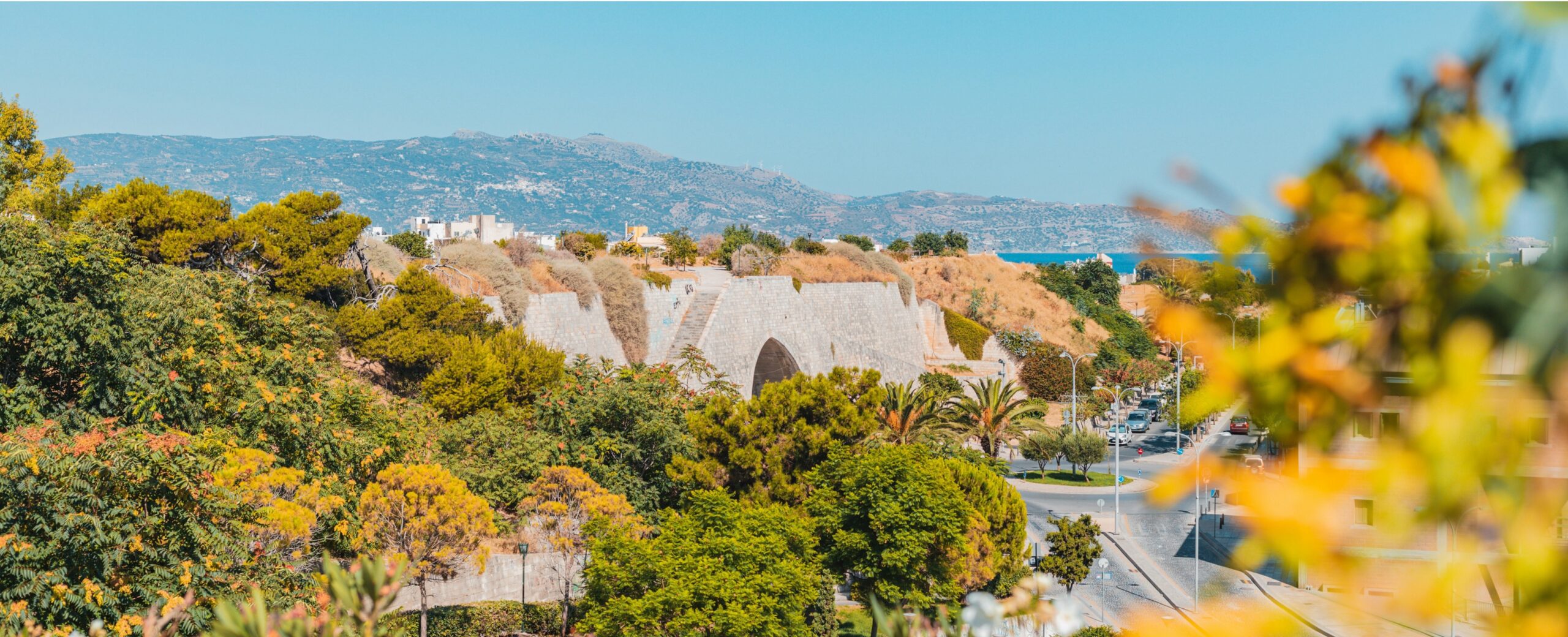Michael Roussos
Investment Manager

With an abundance of sunshine and land suitable for solar photovoltaic (PV) projects, Crete is experiencing a rapid transformation to its energy landscape, shifting from being an energy importer to a net exporter, and supporting Greece’s national goal of becoming a renewable energy leader in the Mediterranean region and beyond.
Crete is the largest and most populous of the Greek islands, situated in the heart of the eastern Mediterranean Sea. With an abundance of sunshine and land suitable for solar photovoltaic (PV) projects, Crete is experiencing a rapid transformation to its energy landscape, shifting from being an energy importer to a net exporter, and supporting Greece’s national goal of becoming a renewable energy leader in the Mediterranean region and beyond.
Greece has set ambitious renewable energy targets, which include phasing out coal-fired power generation by 2028 and generating 89% of its energy from renewable sources by 2050. In 2023, renewable energy accounted for 42% of Greece’s electricity generation (12 GW of generation capacity), with plans to expand capacity significantly to 27 GW by 2030, and 72 GW by 2050 1.
The ongoing & planned development of submarine and land-based interconnectors will further enhance Greece’s connections to neighbouring countries’ power grids, positioning the country as a vital link in a new “green silk road” connecting central Europe to the surrounding regions. As such, Crete is set to play a key role in this transition, with plans to generate and export renewable energy to mainland Greece and beyond.
Korkia’s role in Crete’s green energy transition has been growing since entering the market in 2022 through a partnership with local solar developers AA Green Energy. Through this joint development partnership, Korkia’s portfolio of solar PV projects has grown to 600 MWp of generation capacity, with projects currently in the licensing & permitting phase of development.
One such project in the Heraklion region of Crete, is situated near a substation which, once operational, will connect to the eagerly-anticipated Ariadne Interconnection project – a high-voltage direct current (HVDC) interconnector. This subsea cable will facilitate two-way transmission of electricity between Crete and mainland Greece, enabling locally generated renewable power to flow to the mainland. This is set to unlock the Cretan power market for further deployment of renewable energy generation, contributing to the nation’s decarbonisation goals.
One of the critical challenges in integrating renewable power into Crete’s grid, and indeed any country’s grid, is addressing the intermittent nature of solar and wind power generation. Energy storage solutions, such as battery energy storage systems (BESS), are key to managing fluctuations in demand and supply, ensuring a clean and reliable delivery of power to the network. Korkia is actively following advancements in energy storage technologies across all its active markets, and by incorporating BESS into its project development plans, provides solutions for efficient storage and release of energy as required.
In addition to supporting the energy transition, solar power in Crete has the potential to address other environmental challenges. Clean, integrated energy systems should consider the synergies between renewable power production, and energy-intensive processes. For example, the coupling of solar PV facilities with desalination plants could provide a sustainable solution to the island’s water shortages, and the production of low-carbon fuels could provide solutions to decarbonise the country’s maritime sector.
The future of Crete’s energy sector shines brightly, and Korkia’s efforts contribute to unlocking Crete’s potential as a Mediterranean power hub.
[1] Hellenic Association of Energy Economics